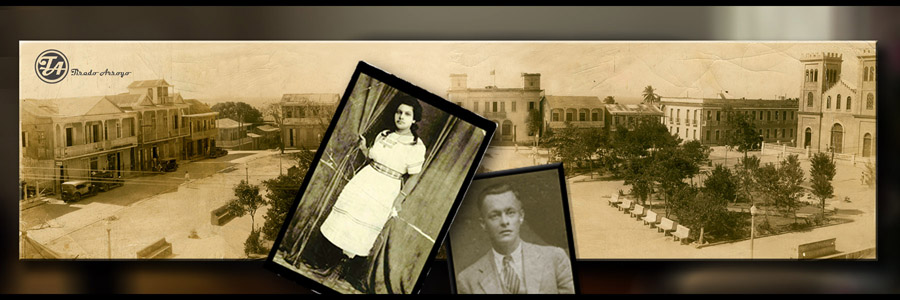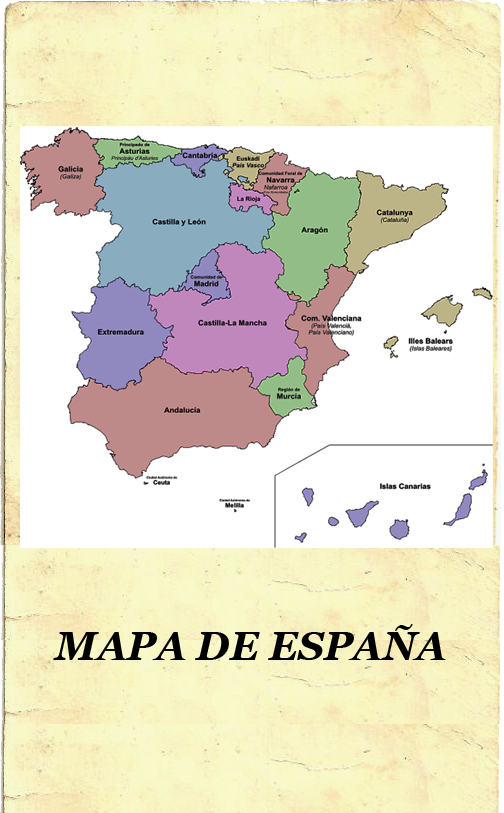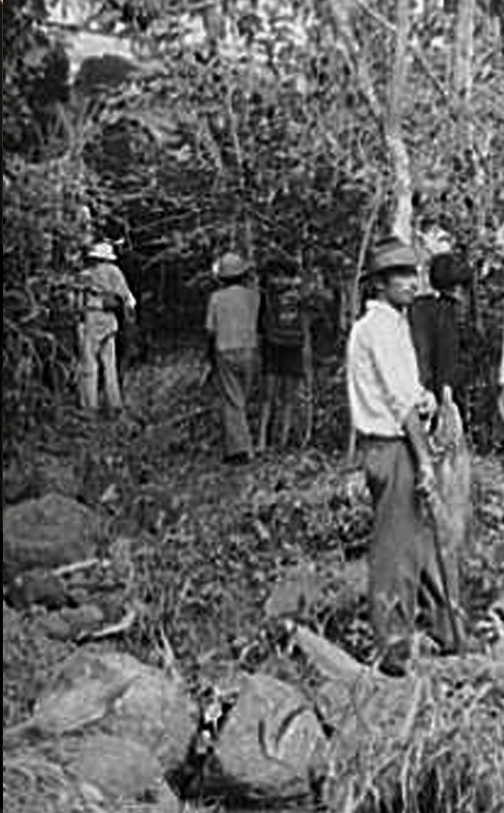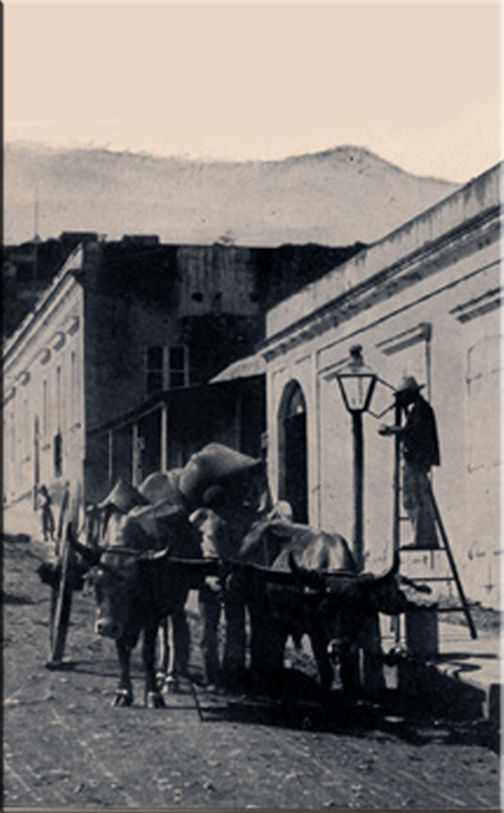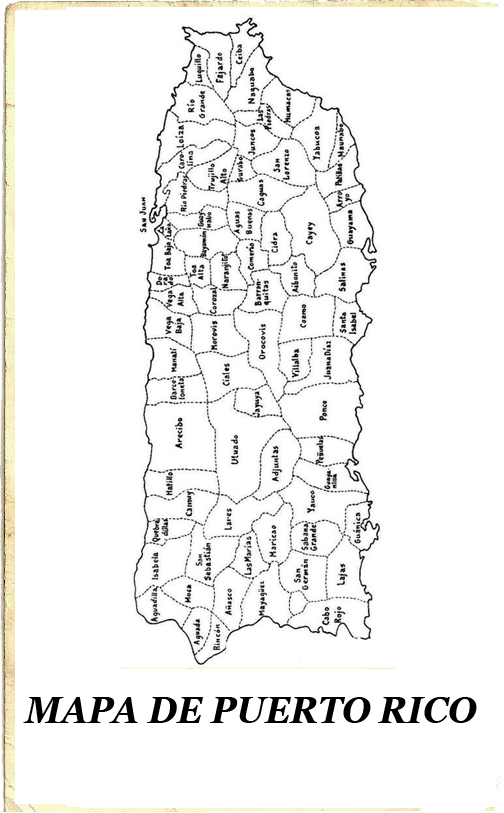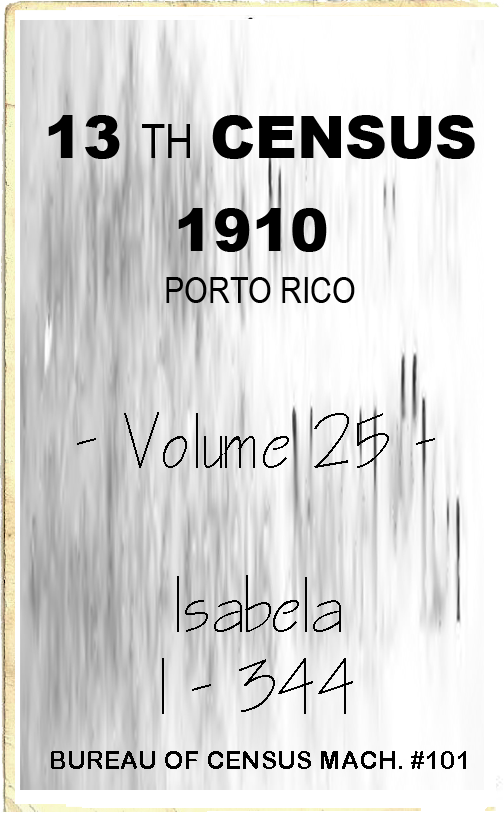
Breve Historia de Puerto Rico hasta el 1898
La Provincia Espanola y los Inmigrantes
La isla de Puerto Rico fue descubierta por el almirante genovés Cristobal Colón el 19 de noviembre de 1493, durante su Segundo viaje a las Antillas y la bautizó con el nombre de San Juan Bautista. A su llegada, la encontró poblada por los indios Taínos. Su primer gobernador fue el conquistador Juan Ponce de León.
Por su posición estratégica, la isla fue blanco de innumerables ataques. Esto obligó a iniciar en 1521, la construcción de enormes murallas que rodearon la ciudad de San Juan y se convirtieron en protección efectiva contra invasores ingleses, holandeses y franceses.
En 1809, Puerto Rico fue reconocido como provincia de España con representación en las cortes de Cádiz. Tuvo su primera constitución y desarrolló libre comercio, manifestando identidad propia en muchos aspectos de su cultura, la música, el arte y las letras.
Immigration to the island caused the population to grow rapidly during the 19th century. In 1800 the population was 155,426 and ended the century with almost a million inhabitants (953,243), multiplying the population by about six times. The main component responsible was the Royal Decree of Graces of 1815 which led to immigrants from some 74 countries arriving. Included were hundreds of Corsican, French, Irish, German, Lebanese, Maltese and Portuguese families moving to the island. Some countries were represented by only a few (51 Chinese individuals for example). The country that still sent the most people was Spain.
From the start of colonization other groups from Catalonia, Asturias, Galicia, and Majorca had also immigrated, although the Canarian people formed the basis. Once the 19th century came, things changed drastically. According to Puerto Rican authors such as Cifre de Loubriel who researched the immigration wave patterns made to the island, during the 19th century the greatest number of Spaniards that came to the island with their families were Catalans and Mallorcans from the nearby Mediterranean regions.
The second most common Spanish region with the largest numbers were the Galicians and Asturians, and the third regions were Canary Islanders, Basques and Andalusians. The Catalans, Galicians, Mallorcans and Asturians would come with whole families most of the time. There were regions of the island that attracted some immigrants more than others which was mainly for political or economic reasons.
Canarians
The first wave of Canarian migration to Puerto Rico seems to be in 1695, followed by others in 1714, 1720, 1731, and 1797. The numbers of Canarians to Puerto Rico in its first three centuries is not known to any degree of precision. However, Dr. Estela Cifre de Loubriel and other scholars of the Canarian Migration to America, like Dr. Manuel González Hernández, of the University of La Laguna, Tenerife, agree that they formed the bulk of the Jíbaro or white peasant stock of the island.[10]
The Isleños increased their commercial traffic and emigration concentrated to the two Spanish-American colonies, Puerto Rico and particularly Cuba. Following the Spanish-American War of 1898, Canarian immigration to the Americas continued. Successive waves of Canary Island immigration came to Puerto Rico, where entire villages were formed of relocated islanders.
In the 1860s, Canarian emigration to the Americas took place at the rate of over 2000 per year, at a time when the total islands' population was 237,036. In the 2-year period 1885-6, more than 4500 Canarians emigrated to Spanish possessions, with only 150 to Puerto Rico. Between 1891–1895, Canary emigration to Puerto Rico was 600. With these being official figures; when illegal or concealed emigration is taken into account, the numbers would be much larger.
Canarian Spanish (from the Canary Islands off the coast of Western Sahara in Africa) also made a contribution to Puerto Rican Spanish as many Canarios came in hopes of establishing a better life in the Americas. Most Puerto Rican immigration in the early 19th century involved Canary Islands' natives, who, like Puerto Ricans, had inherited most of their linguistic traits from Andalusia. Canarian influence is most present in the language of those Puerto Ricans who live in the central mountain region, who blended it with the remnant vocabulary of the Taíno. Canarian and Caribbean dialects share a similar intonation which, in general terms, means that stressed vowels are usually quite long. Puerto Rican and Canarian Spanish are strikingly similar. When visiting Tenerife or Gran Canaria, Puerto Ricans are usually taken at first hearing for fellow-Canarians from a distant part of the Canary archipelago.
Areas of settlement
Many Catalans, Mallorcans and Galicians joined the populations of the interior, the west and the southern coast of the island (along with large numbers of Corsicans) because of their independent personalities and wanted to stay away from the San Juan area since San Juan was dominated by the Spanish and felt more comfortable by being away. However, Asturians, Basques, Galicians and Castilians stayed in the capital San Juan and owned several businesses in the surrounding area. In the case of Ponce and Mayagüez the business ownership was dominated by Catalans, with other immigrant groups such as French, Italians and Germans.
